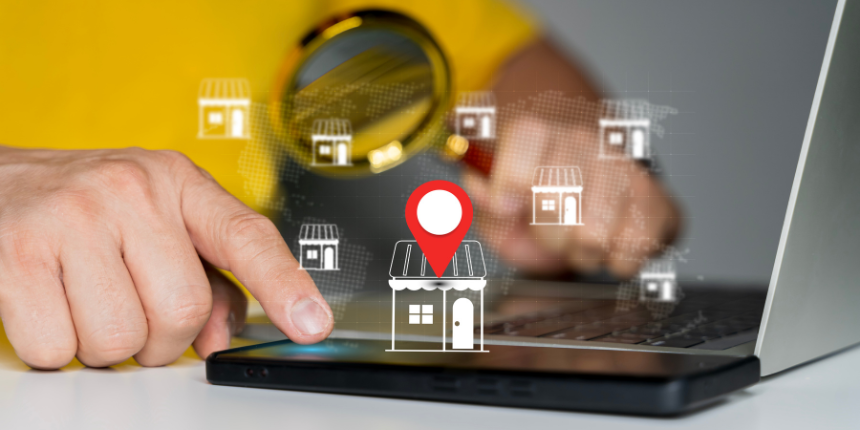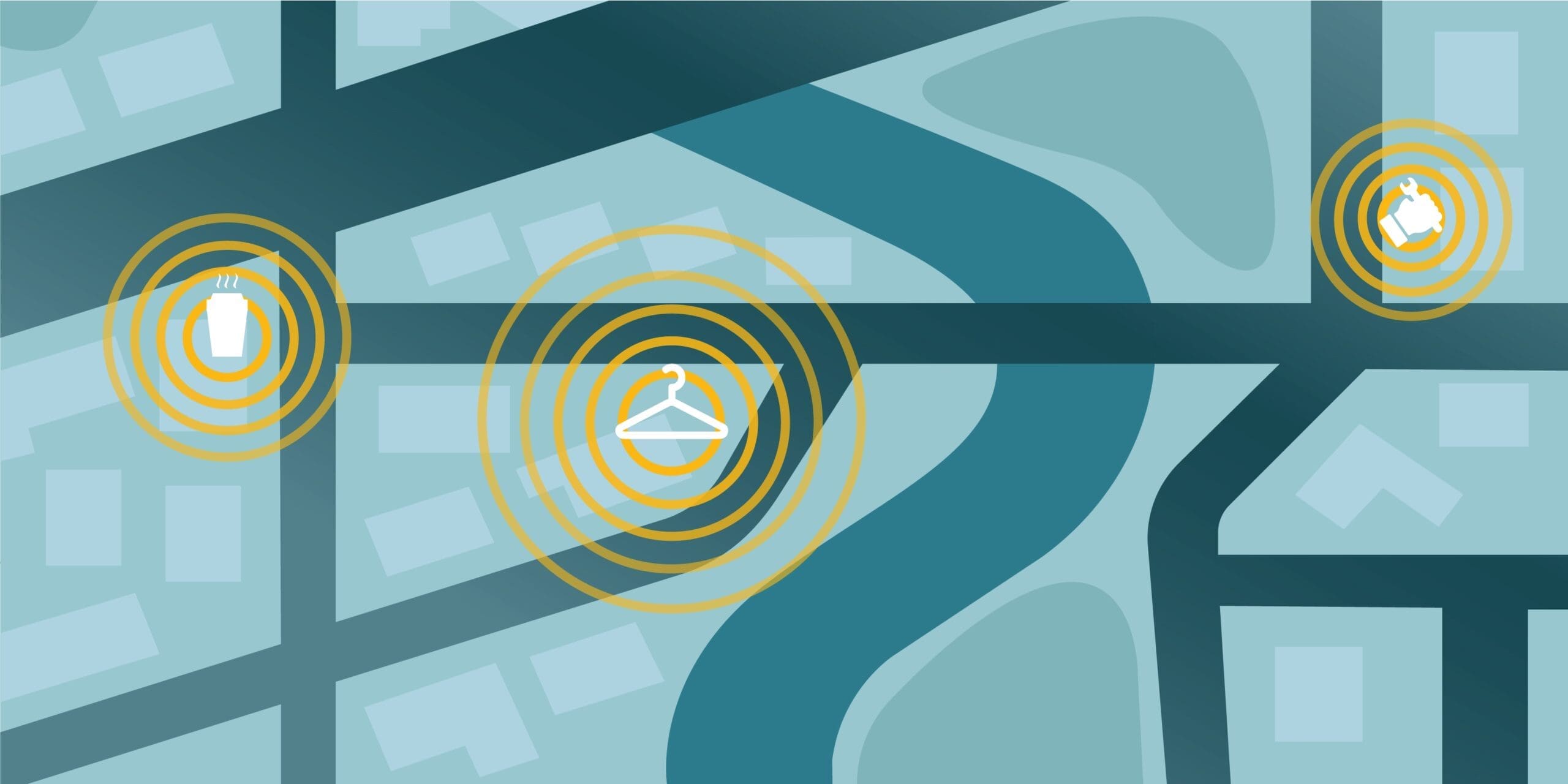
Maximize your local presence through strategic location management.

Despite its proven impact on results, localization is still an overlooked opportunity for many brands with a mature e-commerce digital media program. Many multi channel retailers view localization as a means to capture online consumers and drive them to stores by targeting searchers utilizing a geographic modifier (“near me”, zip code, etc.) or placing ads on a consumer’s mobile device, assuming they are “on the go”. This is a good initial focus for localization but leaves significant opportunity on the table. Here are three additional ways retailers – multi channel and online-only – can use localization in their e-commerce-centric digital campaigns:
Retailers should avoid one-size-fits-all ad copy or creative across geographies. Similarly, geo-targeted campaigns need to be treated, managed and optimized separately from e-commerce campaigns. Instead, understanding where a consumer is in relation to a brick-and-mortar location should influence the message he or she receives.
Is the consumer within five minutes driving distance from an owned location? Then a targeted message inviting him or her to visit the store may be most effective. Using a location extension in paid search will allow you to present both e-commerce and in-store links to let the consumer decide how he or she wants to shop. Is the consumer within a 30-minute drive? Perhaps communicating buy-online-pickup-in-store capability will be most effective. No owned store within 50 miles? Focus exclusively on the e-commerce call-to-action. Or, if relevant, this could be an opportunity to collaborate with a third-party retailer carrying your products if they have a nearby location.
Retailers are sitting on extremely valuable data that can be used to localize programs and improve effectiveness. A simple data source to look at first is the Google Search Query Report (SQR), which can provide insight into how consumers are looking for brands and products. The SQR can also shed light on the increasing volume of “OK Google” voice searches on mobile and home devices. This information can be leveraged to discover trends in long-tail searches, especially those that lean toward localization.
Next, use CRM data to map where your current customers are and overlay with publicly available census data and drive-time analysis. This often follows the store footprint, but can help identify regions, states, DMAs, or neighborhoods that are under- or over-performing. This insight should feed into geo-targeting paid media programs to capture demand in a hot market or build up a customer set in a low-density area.
Third, consumers in different parts of the country shop differently. Beyond the obvious differences between, say, Chicago and San Diego, consumer interests will vary across geography. Mining first-party product sales data – both in-store and online – can present opportunities to target specific categories or products based on what sells in different locations. Finally, measuring performance across store and e-commerce channels is critical. Closing the loop between online marketing tactics and consumer behavior and in-store transactions in a must to be able to localize ongoing media programs.
Subscribe to our monthly newsletter.
In many e-commerce website experiences, the product catalog (category, sub-category, and product detail pages) are kept separate from the store locator, which is often relegated to a link in the header or footer. Most consumers today are not single-channel focused and don’t think of your website and your stores as different business units, but instead will visit both throughout their journey. The more you can blend these experiences, the easier it will be for the consumer to purchase in the channel of his or her choosing. On your website, this can include clear identification of SKUs available in nearby stores and buy online calls-to-action on location pages. In stores, this should mean providing endless-aisles so that a consumer can purchase any product even if it’s not carried in that location. In digital media, Local Inventory Ads (LIAs) should be used informing consumers of product availability by location.
The data, tools, and platforms needed to improve the customer experience and increase media efficiency through localization are readily available to retailers today. The key is finding the right partner, like DAC, who knows the local landscape and can make a difference for your brand.
Eli Grant is the General Manager of DAC’s Chicago office. At DAC, we believe where you are matters as much as who you are. Our focus on localization helps our retail clients win in both store and e-commerce channels. Please do not hesitate to get in touch!
Maximize your local presence through strategic location management.
Maximize your local presence through strategic location management.
Subscribe to our monthly newsletter.